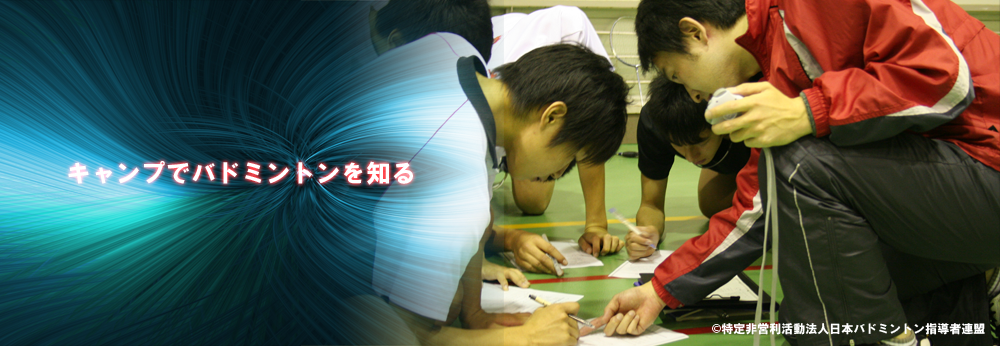ホーム › フォーラム › バドミントン・コミュニティー › Parseval, August background
このトピックには0件の返信が含まれ、1人の投稿者がいます。3 年、 10 ヶ月前に nicholegourgaud さんが最後の更新を行いました。
-
投稿者投稿
-
nicholegourgaud<br><br>Franz August Ferdinand Max von Parseval (German Franz August Ferdinand Max von Parseval; 1861-1942) – German design engineer; one of the pioneers of aviation and aeronautics.<br>Biography<br>August Parseval was born on February 5, 1861 in the Bavarian city of Frankenthal; descendant of a French nobleman who emigrated to Germany in 1791. Father – government official Joseph Ferdinant von Parseval (1825-1887), mother – Marie Amelie (nee von Schaden; 1840-1918). He successfully graduated from the Royal Bavarian Pages Corps and in 1880 an officer’s rank, and after serving a quarter of a century in the German army, in 1906 he retired with the rank of major.<br><br> Parseval’s airplane<br><br>Parseval began to closely deal with aeronautics in 1889. In 1897 he, together with Lieutenant Siegsfeld, built the 1st kite balloon „Drachenballon„, Which was introduced in the German army instead of spherical balloons, as”suitable for tethered climbs in stronger winds”(Up to 20 meters per second), while on spherical balloons of that time, with a wind of 8 m / s, it was no longer possible to make ascents.<br><br>Since 1901, August von Parseval took up the development of a project for a controlled balloon and in 1906 he built the first controlled balloon of a soft system. This aircraft had a volume of 2,300 cubic meters, a length of 48 meters, a diameter of 8.6, an engine – Daimler with a capacity of 86 horsepower. The first flights gave quite good results and made people pay attention to these balloons. Their features were: soft shell, simple suspension, easy disassembly and the ability to stack a disassembled balloon (up to 3.000 m3) on just two units of animal-drawn transport.<br><br>In 1910, Parseval also built a monoplane airplane of his system, but the latter did not show any significant advantages over its analogues. For his work, Parseval received the title of Doctor of Engineering and was invited to give lectures on aeronautics at the Berlin Polytechnic (now the Berlin Technical University).<br><br> Illustration from the article „Parseval”
(„The Military Encyclopedia of Sytin”)<br><br>The shape of the balloon purchased for the Russian (see figure) is oblong with a strongly pointed rear part. The invariability of shape is by two ballonets, which at the same time serve as elevators, for which it is necessary to release air from one ballonet and drive it into the other. A rigid hose runs under the balloon into the ballonets with a special junction box in the middle, from where the hose goes to the fan. The gondola is metal, on two side metal cables, along which it can roll a little on the frames, and 2 or 3 pairs of vertical cables. The screws were first used soft (Parseval systems), but then wooden screws began to be used, as on other systems.<br><br>Parseval’s controlled balloons were also quite in demand; they were acquired by Great Britain, Austria, Italy, Russia, Turkey, Japan and other countries.<br><br>The crash of the Hindenburg airship practically ended the era of rigid-frame airships, but the reliability of the aircraft developed by Parseval brought them to the fore; inventions patented by him are used all over the world to this day. Most of the airships and balloons using Parseval’s designs have been produced by the American Goodyear Tire and Rubber Company since 1911.<br><br>Franz August Ferdinand Max von Parseval died on February 22, 1942 in the city of Berlin and was buried in the Wilmersdorf cemetery.<br><br>The service of the engineer to the fatherland was awarded the Order of Civil Merit of the Bavarian Crown.<br> -
投稿者投稿






